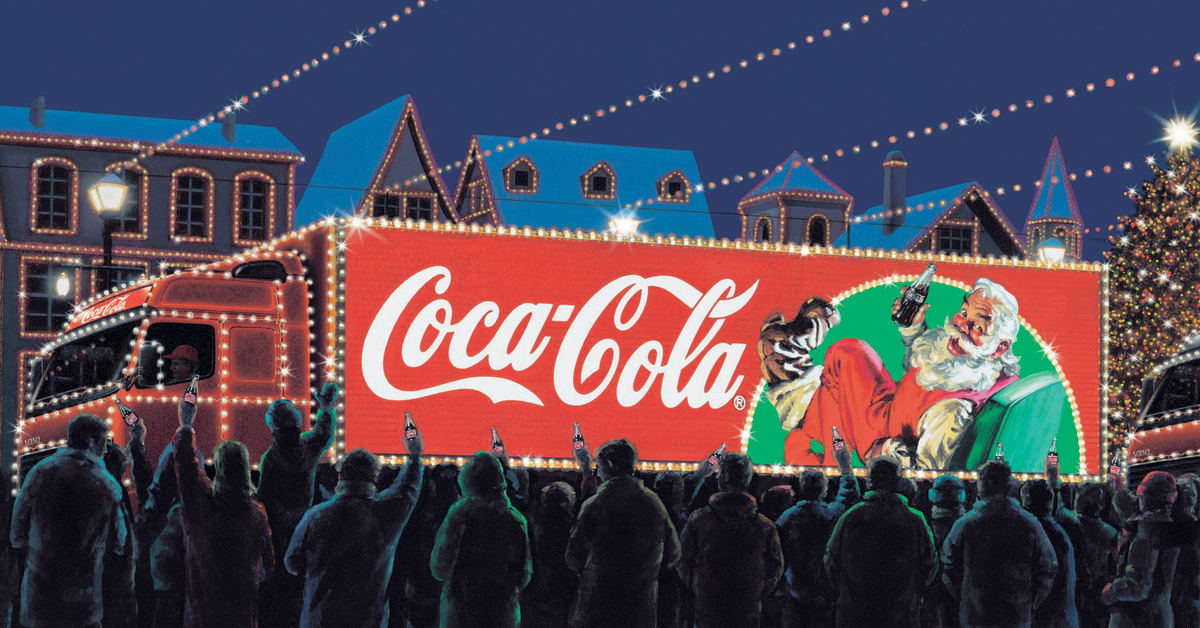Another season of Super Bowl advertising has passed, and with it has come criticism of the lack of creativity exhibited in the advertising. More than 50% of the 2024 Super Bowl commercials featured one or more celebrities, continuing a trend that began a decade ago. To be fair, celebrities can be a great vehicle for attracting attention and can increase the entertainment value and liking for a commercial. Entertaining and well-liked ads can also increase “buzz”, talk about ads among consumers and in the media.
On the other hand, it is less clear that celebrities sell more product, create greater loyalty, or increase consumer and media discussion of the advertised brand (in contrast to the ad itself). Ads that sell, whether to first-time consumers or to long-time repeat purchasers, give consumers a reason to buy the advertised product. Curiously, relatively few Super Bowl commercials, and television commercials in general, offer a reason to buy. An analysis of 15 years of Super Bowl commercials found that only 21% contained any explicit or implied statement of how the advertised products differed from other products in the category. Other studies, in other contexts have found similar results. Whether called a value proposition, a brand differentiating message, a brand promise, a unique selling proposition, or something else, ads that sell include a reason for the customer to buy. If this is the case, why do so few commercials include such a message?
One reason for the lack of advertising messages that sell is a misunderstanding of the role of creativity in advertising. Indeed, this misunderstanding begins with the misuse of language. The term “creative” is often used to describe the content of an ad, regardless of how creative that ad might be. Indeed, the term implies that a creative message is always better. Media expenditures are often referred to as the “working budget” suggesting investments in the advertising message is non-working, so why invest in a compelling message, especially if the ad is otherwise entertaining. Such use is not only misleading, it leads to poor advertising decisions.
First, there is the problem with the term “creative.” The term is often used interchangeably with content, which can be more or less creative, or original. Indeed, a very compelling message might well be one that is effective and repeated often. Such messages may not be perceived as very creative, but they still work. Thus, the “priceless” campaign for MasterCard has persisted and remained effective for 25 years. “Great taste, less filling” was a theme of Miller Lite for three decades. BMW’s Ultimate Driving Machine campaign has been in use since 1973. There are numerous similar examples. To be sure, there was some creative variety around these themes, but the themes persisted because they communicated a reason to buy a product. Originality was less important than effectiveness, defined as selling a product by giving consumers a reason to buy the product.
Scholars who study creativity generally agree that something is “creative” if it is both original, or novel, and effective at producing some intended outcome, such as selling a product. Too often, “creativity” is defined solely in terms of originality and used as a substitute for a compelling product message. The problem with this approach is that being too creative, or original, can be distracting. Indeed, an otherwise persuasive product message may be made less effective by embedding it in so much “creative clutter” that the product and the reason(s) for buying it are lost (“that was a funny commercial; who was it for?”).
Properly understood, creativity in advertising consists of three elements, each of which may benefit from or be harmed by creativity, in the sense of originality. The first element is the product message, the reason the consumer should buy the product in the first instance or why the consumer should select the product over others. An important element of creativity with respect to the product is the product itself: how it is better, different, more convenient. Developing such a message often requires a focus on the product itself, product innovation and improvement, though it can sometimes involve identification with unique people, feelings, or uses. Thus, Apple, a technology company, has been successful in communicating empowerment and self-expression as reason to buy (though the underlying technology helps too).
A second element of creativity is strategy, that is, how the advertising will do its work of moving from communication with consumers to consumer purchase. Pepsi was an “also ran” product to Coca-Cola when its message was price (“Twice as Much for a Nickel”) even though the price message bought it sales during the depression. It was only when the strategy shifted to a spotlight on taste, with creative vehicles like the “Pepsi Challenge” and a focus on attracting consumers new to the category (the Pepsi Generation), that Pepsi began to achieve parity with Coca-Cola. Creative strategy can matter.
The third element is how the product message is delivered within the context of the overall strategy. This might include celebrities or other spokespersons, jingles, visuals, demonstrations, and a host of other elements. This is what is often thought of as “creativity” in advertising, and such creativity matters. An ad that attracts attention to a strong product message in a compelling and credible way will indeed be effective. The challenge is to deliver the product message in a way that reinforces attention to it rather than distracting from it. Of course, if there is no product message, no amount of creative delivery is likely to be effective at selling the product, even if the ad is entertaining and likeable.
Finally, there is the question of what part of the budget actually “works.” The reality is that no amount of media spending can compensate for an ineffective product message. Such media expenditures are “non-working”. On the other hand, a strong product message facilitated by a strong strategy and delivered in a compelling fashion can dramatically improve the effectiveness of the media. However, it is the message that is working, the media are just a tool for leveraging the message.
What does this mean? More attention and resources devoted upfront to product and message development are likely to produce large returns. Relative to media expenditures the additional upfront investment is likely to be modest and will reduce the waste associated with large ineffective media expenditures that support a poor product message, or no product message at all.
Contributed to Branding Strategy Insider by: Dr. David Stewart, Emeritus Professor of Marketing and Business Law, Loyola Marymount University, Author, Financial Dimensions Of Marketing Decisions.
The Blake Project Can Help: Make your messaging memorable and relevant in The Strategic Brand Storytelling Workshop
Branding Strategy Insider is a service of The Blake Project: A strategic brand consultancy specializing in Brand Research, Brand Strategy, Brand Growth and Brand Education FREE Publications And Resources For Marketers




